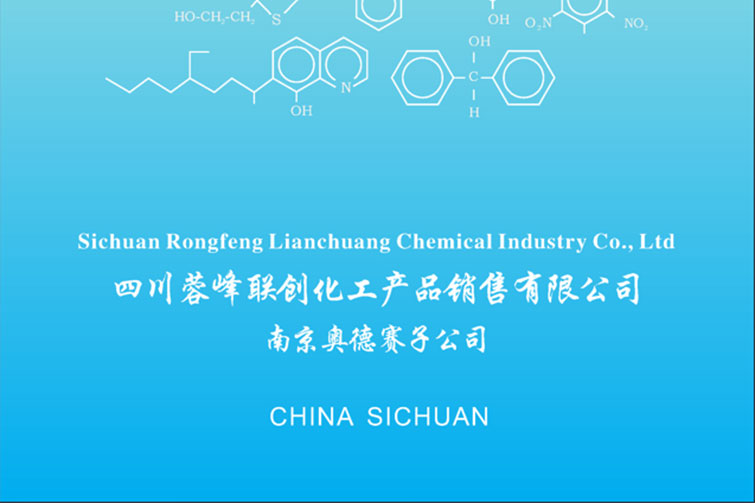

Exploration into the Application Fields of 4-Aminophenylethanol
Introduction
4-Amino-phenethyl alcohol is an aromatic amino-alcohol molecule: it bears an amino group at the para (4-) position of a phenyl ring, and an ethanol (–CH₂–CH₂–OH) side chain. Its chemical formula is C₈H₁₁NO (PubChem CID 66904). PubChem Although it is not one of the most widely discussed fine-chemicals, it serves as a useful intermediate in organic synthesis and has potential across multiple application fields. Below we survey the main application fields, the reasons for its utility, and emerging opportunities.
1. Pharmaceutical and Bioactive Intermediates
A major application field for 4-amino-phenethyl alcohol is as a building block or intermediate in the synthesis of pharmaceutical compounds. For example, derivatives of phenethylamines (phenyl-ethylamine backbones) often show bioactivity in central nervous system (CNS) or adrenergic receptor systems. The amino-alcohol group (–NH₂ plus –OH) offers functional handles that chemists can derivatize (e.g., convert the –OH into ethers or esters, the –NH₂ into amides or substituted amines).
One patent describes using 4-aminophenethyl as part of a synthetic route to produce a key intermediate, (R)-2-((4-aminophenethyl)amino)-1-phenylethanol, which is then used to make the drug Mirabegron (a β₃-adrenergic agonist) in the medication field. Google Patents
Thus, the presence of both the aromatic moiety (phenyl ring) and the amino-alcohol side chain make this compound valuable for medicinal chemistry, enabling access to analogues of known bioactive scaffolds.
In addition, aromatic amines are identified as important chemical building blocks in pharmaceuticals. PMC
Therefore, 4-amino-phenethyl alcohol is well placed in pharmaceutical intermediate applications: new drug discovery, metabolite mimics, receptor antagonists/agonists, etc.
2. Fine Chemical Synthesis and Material Science
Another application field is fine chemical synthesis, which includes specialty chemicals, advanced intermediates, and material science uses. The dual functionality of an aromatic ring with an amine plus an ethanol side chain offers opportunities for further functionalisation: for example, the –OH may be converted to ethers, esters, or used in polymerization; the –NH₂ may be used to create linkers, dyes, or coupling points for ligands.
Although specific uses of 4-amino-phenethyl alcohol in large-scale materials are less documented in the open literature, the structural motif (aromatic amine + hydroxyl) is common in molecules used in curable resins, photo-initiators, and specialty monomers. For example, analogous phenyl-ethanolamine derivatives have been used in dental resin photo-initiator systems. 米尔珀尔西玛
This suggests that 4-amino-phenethyl alcohol could find applications in specialty polymers, functional surface coatings, adhesives or resin curing systems, especially where an aromatic amine/hydroxyl motif is needed for cross-linking or functionalisation.
3. Research / Analytical Chemistry
In research laboratories, 4-amino-phenethyl alcohol can serve as a research reagent or intermediate substrate for synthetic organic chemistry. Its availability allows chemists to explore novel derivatives, to build molecular libraries for screening, or to serve as an adjustable scaffold for structure-activity-relationship (SAR) studies in medicinal chemistry. Because of its functional groups, it also can act as a ligand, chelator, or reactive site for functionalisation.
Moreover, variants of amino alcohols have been used as resolving agents or chiral auxiliaries in crystallisation/resolution studies. For example, 2-amino-2-phenylethanol has been used as a base resolving agent in chiral crystallisation. OUP Academic
Therefore in the analytical / synthetic-chemistry domain, 4-amino-phenethyl alcohol has value as a flexible intermediate to enable new synthetic routes, and is likely to be used in academic or small-scale development work rather than large-volume commodity applications.
4. Agrochemical / Specialty Chemical Applications
Although less commonly documented, the motif of an aromatic amine plus an alcohol side chain is also found in certain agrochemical intermediates or specialty chemicals (e.g., herbicide precursors, crop protectants, bioactive small molecules). The general reasoning is that aromatic amines often constitute the “head” of active molecules, while hydroxyl or aliphatic side chains can modulate solubility, bioavailability or binding.
Given that aromatic amine building blocks are used broadly in agrochemical discovery, 4-amino-phenethyl alcohol could serve as a platform intermediate for novel agrochemicals, although specific literature examples are scarce at present.
5. Emerging Opportunities and Challenges
Emerging Opportunities
- Because of the ongoing push toward fine-chemical diversity in drug discovery and material science, compounds like 4-amino-phenethyl alcohol may see greater demand as “diversity building blocks”.
- In green chemistry and flow synthesis, the ability to attach the phenethyl alcohol moiety to more complex scaffolds offers new modular options.
- In the functional materials domain — e.g., organic electronics, sensors — amino-alcohol motifs attached to aromatic systems may serve as ligand-hosts or as anchoring groups for modified surfaces.
Challenges
- Commercial scale: There may be limited large-volume demand unless a major downstream application emerges.
- Regiospecificity / purity: The compound must be pure (no ortho/ meta isomers) for pharmaceutical use.
- Safety / regulatory: Aromatic amines can raise regulatory and toxicity concerns; proper handling, waste management and process safety are required. For example, the data sheet for the compound notes skin and eye irritation hazards. PubChem
- Intellectual property: Some synthetic routes or uses may be covered by patents (as seen in the case of mirabegron intermediate). This may limit its open utility in certain sectors.
Conclusion
In conclusion, 4-amino-phenethyl alcohol is a versatile amino-alcohol building block with several meaningful application fields. It holds significant potential in pharmaceutical intermediate applications, where its phenethyl and amino-alcohol functionalities enable the synthesis of bioactive molecules. It also offers promise in fine chemical and material science applications such as specialty resins, polymer modifiers or functional coatings. In research and analytical chemistry, it serves as a synthetically useful reagent or scaffold for building libraries or exploring new chemistry. While direct use in agrochemical or large-volume industrial applications appears limited currently, the compound remains a candidate for further exploration as specialty chemical demands evolve. With the growing focus on functionalised small-molecule intermediates, compounds like 4-amino-phenethyl alcohol are likely to retain relevance, provided proper control of safety, quality and downstream use pathways.





